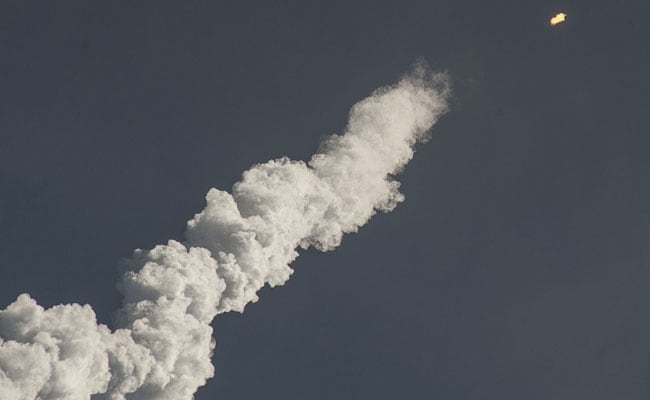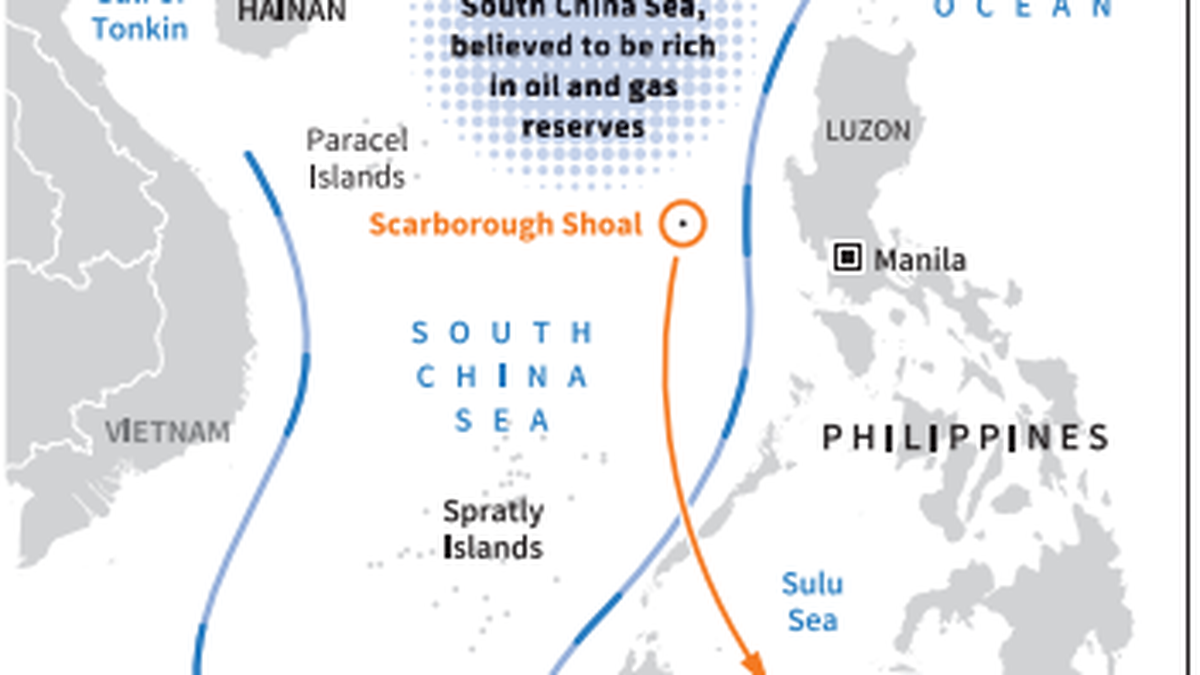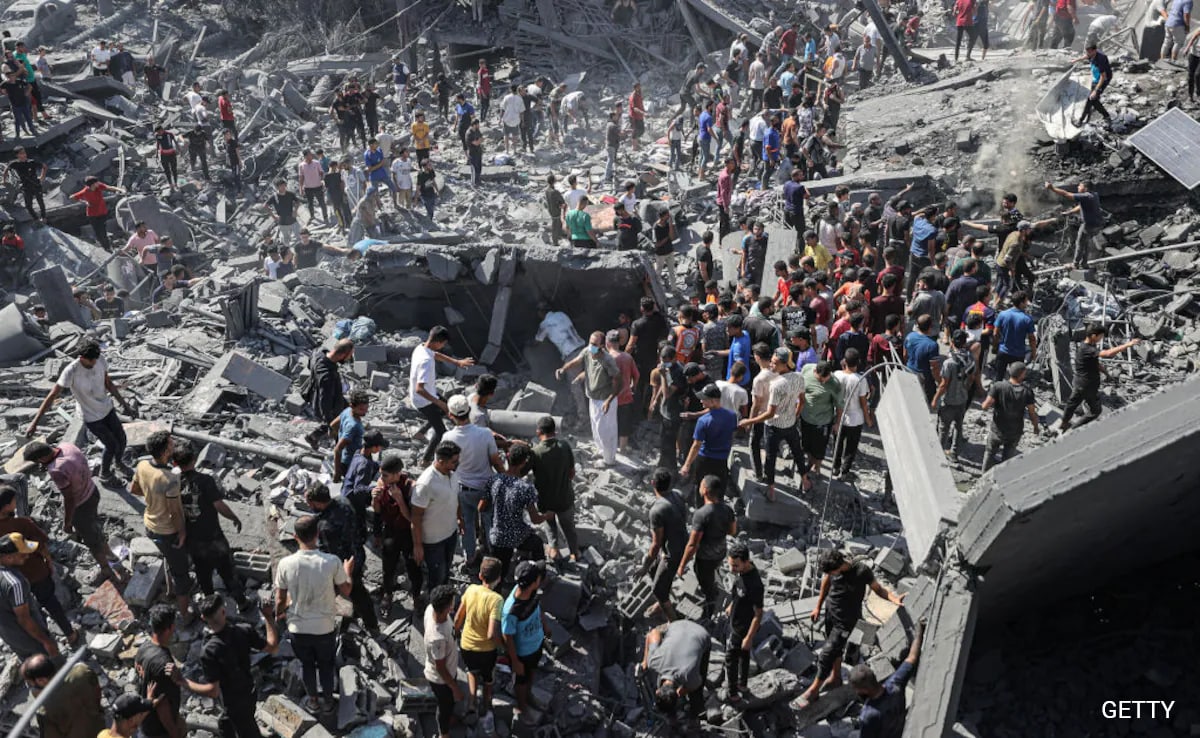Israeli forces were on October 15 readying for a looming Gaza ground invasion aimed at destroying Hamas, the Palestinian Islamist militant group that unleashed the bloodiest attack in the country’s history.
In the eight days since Hamas gunmen killed more than 1,300 Israelis in their surprise onslaught, Israel has responded with a devastating bombing campaign that has claimed over 2,300 lives in Gaza.
Fear and chaos reigned in the 40-kilometre (25-mile) long strip that is one of the world’s most densely populated areas, with no safe place for the large numbers of internally displaced Palestinians to flee to.
Also read: Israel-Hamas war, day 9 LIVE updates on October 15, 2023
Entire Gaza city blocks lay in ruins and hospitals were overflowing with thousands of injured in the besieged territory, but there were fears of worse to come.
A bereaved and infuriated Israel has massed forces outside the long-blockaded enclave of 2.4 million ahead of what the army has said will be a land, air and sea attack involving a “significant ground operation”.
Israel has also stationed troops and tanks on its UN-patrolled northern border with Lebanon and closed a four kilometre (2.5 mile) wide zone there to civilians after repeated exchanges of cross-border fire with Hezbollah and other militants groups.
‘More is coming’
Israeli Prime Minister Benjamin Netanyahu visited front line troops in the south near Gaza on Saturday, wearing a flak jacket. “Are you ready for what is coming?” he said. “More is coming.”
Israel’s military spokesmen have repeatedly said that the army is ready for a ground operation but awaiting a “political decision” on the timing.
Also read: Israel-Hamas War | ‘Mass displacement’ towards southern Gaza, says U.N.
Special forces have made forays into Gaza and recovered the bodies of some of the up to 150 hostages feared taken by Hamas. Israel has said it has identified more than 120 captives, while Hamas has claimed 22 have died in Israeli air strikes.
A Gaza ground invasion threatens to bring the kind of gruelling house-to-house fighting that devastated Iraq’s Mosul and Fallujah in years past, further complicated for Israeli forces by Hamas’ vast tunnel network.
Israel has warned 1.1 million Palestinians to leave northern Gaza and a steady stream of families in overloaded cars, trucks and donkey carts have since headed south.
Israel has accused Hamas of blocking them from fleeing in order to use them as “human shields”.
‘Catastrophic situation’
Alarm has grown about a wider humanitarian crisis in Gaza where Israel has cut off water, food and power, vowing to maintain the complete siege until all hostages are freed.
“The situation is catastrophic,” said Jumaa Nasser, who travelled from Beit Lahia in northern Gaza with his wife, mother and seven children.
“We’ve had no food or sleep. We don’t know what to do. I’ve given my fate up to God.”
China’s Foreign Minister Wang Yi charged that Israel’s actions have gone “beyond the scope of self-defence” and said it must “cease its collective punishment of the people of Gaza”.
Egypt to the south controls the only other crossing with Gaza but has so far refused to open it to help evacuate foreign citizens unless aid convoys are allowed to enter, according to unnamed intelligence sources cited in media reports.
Anger has flared in much of the Muslim world and beyond, with pro-Palestinian protesters burning Israeli and American flags.
Militant groups allied with Israel’s arch foe Iran have a strong presence in Lebanon and Syria, heightening the risk of a multi-front war for Israel’s army as deadly clashes have also flared in the occupied West Bank.
The past week has seen repeated clashes on Israel’s northern frontier with Lebanon where the Iran-back Hezbollah movement has tried to send small groups of militants across the heavily fortified border.
The United States has deployed a second aircraft carrier to the region in an effort to “deter hostile actions against Israel”, Secretary of Defense Lloyd Austin said.
Grief and fury
The mood in Israel has swung between collective grief, fury and a strong desire to punish Hamas which Netanyahu has likened to the Islamic State group.
Public outrage has been fuelled by images and reports virally shared on social media of youths and families shot, stabbed, burnt and mutilated in the Hamas attack.
Israel pushed on with its evacuation of southern towns that were targeted in the Hamas attack and where air raid sirens kept wailing. Packed buses were taking families to hotels in Jerusalem and the Red Sea resort city Eilat.
“We’re going to Eilat, we’ll be back as soon as possible,” said Helen Afteker, 50, from Sderot, a city of 30,000.
“It’s hard, I’m crying. It’s terrifying every time there’s a warning, we have to leave. It’s better for the children.”
The army said Sunday a strike had killed Billal Al Kedra, the Hamas commander “responsible for the Kibbutz Nirim massacre” where residents were killed in their homes and others were under siege for nine hours before soldiers rescue them.
The army has called up 300,000 reserve units while convoys of trucks have rushed heavy armour to the south.
Planeloads of Israelis have returned from around the world to join the latest of the many wars in Israel’s 75-year history, while a large carpark in the coastal city of Haifa has been converted into a hospital.
Over the past week, Israel has levelled thousands of buildings in Gaza while Hamas has fired thousands of rockets at Israel, most intercepted by missile defence systems.
Gaza’s electricity outage threatens to cripple the enclave’s life-support systems, from sea water desalination plants to food refrigeration and baby incubators in hospitals.
US President Joe Biden told Netanyahu in a call Saturday that the United States was working with the United Nations, Egypt, Jordan and others “to ensure innocent civilians have access to water, food and medical care”.
The White House said Biden also spoke with Palestinian leader Mahmud Abbas and pledged “full support” to the Palestinian Authority in its efforts to bring humanitarian aid to Palestinians, “particularly in Gaza”.













